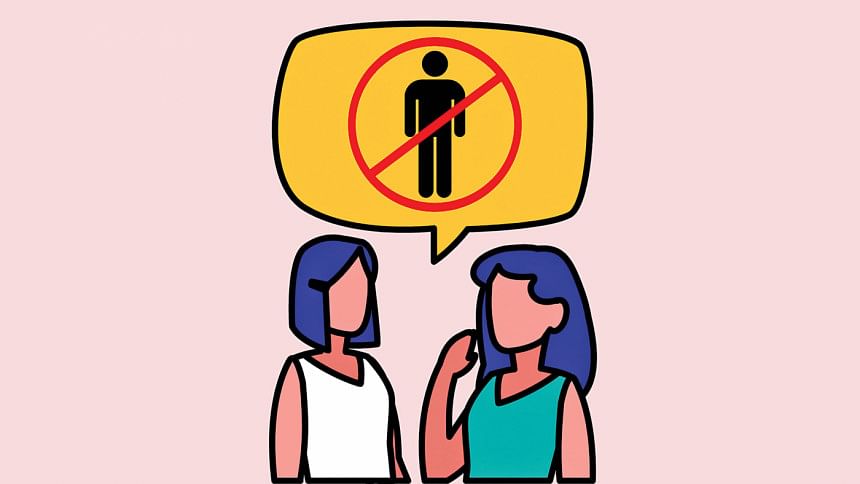The Bechdel Test is a low bar

The Bechdel Test was introduced in 1985 by Alison Bechdel in her comic strip, Dykes to Watch Out For. In one episode, Bechdel surreptitiously jokes, "I only go to a movie if it satisfies three basic requirements. One, it has to have at least two women in it, who two, talk to each other about, three, something besides a man."
While the requirements for the Bechdel Test sounded easily achievable, it often wasn't the case. The test initiated conversations about gender bias in the entertainment industry when such inclusion was absent. It made way for the films and television in 2021 that were consciously aware of such biases and actively worked on passing the test.
However, the question remains. Is the Bechdel Test enough?
There seems to be consensus regarding the Bechdel Test and its purpose in evaluating media. After all, Bechdel herself didn't intend the test to be a one-stop evaluation for feminist media. There are also concerns regarding the context of the inclusion in media, as the test doesn't analyse the capacity of the role women play in that media. The women could play the oft-used tropes of "damsel in distress" or "femme fatale" that have been historically constructed for the male gaze, yet still pass the test because of a vain conversation. It was true in the movies such as Twilight and Fifty Shades of Grey. But are these movies truly doing justice for female representation?
They aren't. It's partly because the test method is hardly foolproof, and also because it isn't asking the right questions. It is applauding two minor female characters having a conversation about road-directions, yet not asking whether the women have agency. For example, Gravity and Highway are two exceptional films with empowering female protagonists, but it doesn't pass the test due to not having another named female character.
Similarly, the test disregards the possibility of women finding empowerment in a conversation about men. It effectively disregards the lived experiences of women who are intrinsically affected by patriarchy, gender dynamics of society, not to mention abuse by men. The test also disregards the endowed freedom of expression in a female character who is going after what she wants, be it a relationship with a male character.
The test also doesn't look into the storylines that were crafted in a gendered manner as opposed to a universal one. For example, Avengers: Age of Ultron passes the test, yet it introduces a sterilisation storyline specifically made for the Black Widow. It is one of many instances that uses gendered obstacles in a character arc, especially considering Captain America wouldn't be subjected to such a dehumanising storyline. In contrast, Alien avoids this practice by introducing a universal obstacle that affects not only Ellen Ripley. This is why the Bechdel Test cannot be the only measure of female involvement in media today. It is a thought exercise that implores the primary stage of proper female representation in media. It's 2021 now, such primary requirements don't do justice to the multifaceted representation discourse that has sprung up since 1985.
Raya Mehnaz likes to live life dangerously — one House MD episode at a time. Send help at fb.com/raya.mehnaz

 For all latest news, follow The Daily Star's Google News channel.
For all latest news, follow The Daily Star's Google News channel. 



Comments